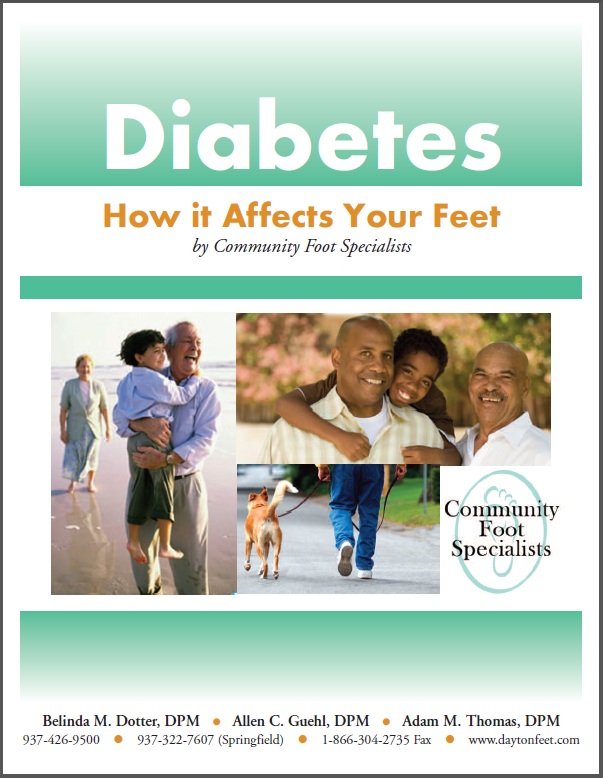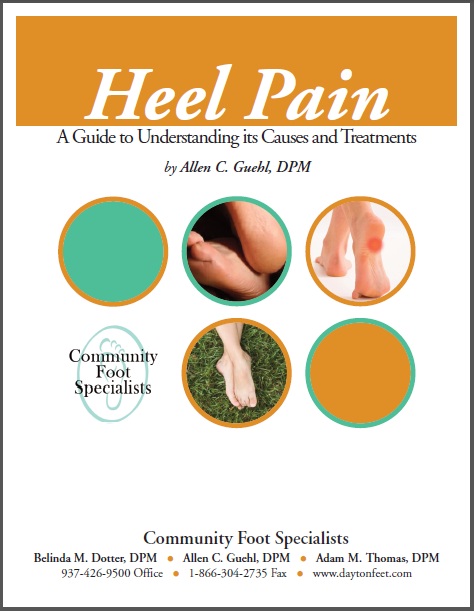Neuromas
Symptoms of a Neuroma:
- Tingling, burning or numbness (most commonly reported in one or two of the toes)
- Pain or irritation (usually on ball of the foot and extending into the toes)
- Feeling like there is something inside of the foot
- Feeling like there is a "pebble in the shoe" or a "bunched up sock"
Diagnosing a Neuroma:
Neuromasare typically diagnosed by your podiatrist with a thorough medical history, including symptoms and relief of symptoms, and a physical examination of the foot. A skilled podiatrist can typically feel the swollen nerve in either the 2nd or 3rd interspace. X-Rays can be helpful in ruling out other conditions that can mimic a neuroma, such as a stress fracture of a metatarsal or arthritis of the joints. Since neuromasare an enlarged nerve, they, themselves, cannot be seen on X-Ray, however ruling out other conditions is important in the treatment process. If you have a stress fracture, any use of steroids is contraindicated. Diagnostic Ultrasounds can be performed to confirm the neuroma diagnosis.
Treatment Options for a Neuroma:
As a podiatrist, I always exhaust all conservative options prior to considering surgery. In our podiatry practice, we have achieved great success in neuroma treatments without ever considering surgery. Our first line of treatment involves paddingshoes, so that some of the pressure is removed from the metatarsal area (the ball of the foot), icing the inflamed area andmodifying shoe gear. If you are someone who has a history of wearing constrictive shoe gear, I would recommend wearing shoes that have a wider toe box to alleviate some of the pressure applied to metatarsal region. If either these treatments fail or the neuroma has been present for a while andbecoming more painful, I would recommend an injection therapy.
- Cortisone injections are injected into the interspace that is being affected. They act to reduce the inflammation, thus alleviating the pressure that is being placed on the nerve. They, by themselves, will not cure the neuroma, but they will alleviate the acute symptoms and allow us an opportunity to make shoe gear modifications or mold orthotics to prevent recurrence of the nerve entrapment. Cortisone injections can be given up to three times within a twelve month period or as needed to alleviate the pain.
- Alcohol sclerosing injections are used to "deaden" the nerve, so that it can no longer "feel" pain or the other symptoms. Sclerosing injections need to be performed multiple times every two weeks until there is a total relief of all symptoms. In these cases, patients usually report that the pain never returns, and if it does, it can be years later.
If all of these conservative attempts fail, your podiatrist can consider surgical intervention to remove the area of the nerve that is enlarged and causing the entrapment and symptoms. In my experience, surgery is rarely needed as most patients report a dramatic improvement in their symptoms with the aforementioned options.
Regardless of the treatment option that works to alleviate your symptoms, I recommend being fitted for a custom pair of orthotics. Orthoticswill act to prevent any recurrence of symptoms down the road. They are equipped with a "metatarsal pad" that slightly lifts the area just behind your toes so that the nerve is no longer at risk of becoming entrapped and thus inflamed.



















